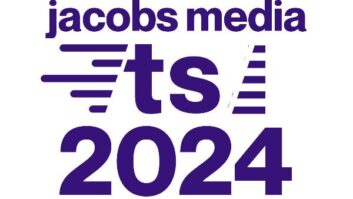STOCKHOLM — Telecom equipment manufacturer Ericsson says the first smartphones supporting 5G will become available during early 2019 in its June Ericsson Mobility Report, according to rcrwireless.com.
The report also makes three major other assertions:
- 5G will kick off with enhanced mobile broadband as its first use case.
- By the end of 2023, there will be 1 billion 5G subscriptions, accounting for around 20% of mobile data traffic.
- A massive increase in 5G subscriptions is expected to be fueled by third-generation chipsets, which will be available from 2020 on a variety of frequency bands
Enhanced mobile broadband and smartphones supporting 5G in the mid-bands expected in early 2019. Devices that support millimeter wave spectrum bands are expected in early to mid-2019, according to the same article.
The research firm SNS Telecom & IT said earlier this year that it expects private LTEand 5G networks to surpass $2.5 billion in annual spending by the end of 2018.
Here in the United States, the adoption of high-speed data and low-latency applications for critical communications and industrial IoT applications, the lack of commercial network coverage in indoor, industrial and remote environments, and mobile traffic growth in enterprise buildings, campuses and public venues, are seen as the main forces behind the growth of these private networks, according to fiercewireless.com.
Private LTE networks in the United States rely on licenses from the spectrum holdings for FirstNet, INET (Infrastructure Networks), Southern Linc and Tampnet; spectrum leased from operators; and dedicated in-building systems deployed for enterprises by mobile operators themselves, according to the same article.
Outside the US, other significant causes of growth in private LTE include network modernization programs to replace high-cost LMR systems, such as those for public safety, and initiatives to evolve from disparate wireless communications systems to private LTE and 5G-ready systems to support both voice and broadband data services.












